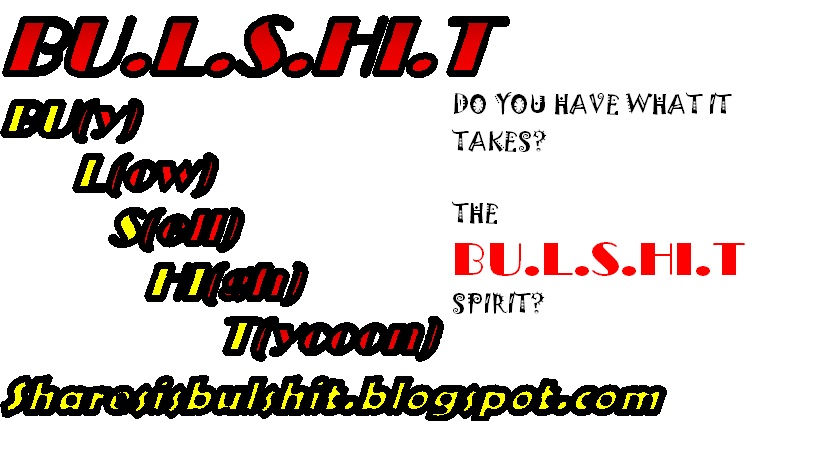Rotation to Cyclicals Could Provide Further Market Boost
"We are continuing to see a lot of money coming into the market, whether it's coming off the sidelines or into the mutual funds—$150 billion came out of money markets so far this year," said David Lutz, managing director and head of exchange-traded fund trading at Stifel Nicolaus. "We may see a pullback at some point, but it should be relatively short-lived and I'd be watching for a sector rotation."
In the first quarter, health care, consumer staples and utilities rounded out the top three sector performers, helping to propel the S&P 500 index by 10 percent.
(Read More: Sell in May, Go Away? Not This Year, Say Traders)
But since mid-April, the cyclical sectors (techs, energy, materials, financials, industrials and consumer discretionary) have gained more than 5 percent each and have outperformed the defensive sectors (consumer staples, telecoms, utilities and health care), which are mostly in the red. And in the last two weeks, techs have significantly outperformed the Dow and S&P indexes, surging nearly 8 percent.
The trend continued Wednesday, as techs and materials were the best performing major S&P sectors, while utilities and consumer staples declined.
"Also, gas prices have started to come down and that's a big tailwind for the U.S. consumer. Also, bank lending standards are loosening up so it feels like more credit is flowing into our economy," explained Lutz. "That's a strong tailwind for consumer discretionary stocks that can benefit from that trend."
Defensive stocks (non-cyclicals) traditionally outperform the market when economic growth slows, while cyclicals are closely tied to economic performance. The defensive sectors also usually benefit regardless of economic fluctuations. And some strategists argue that market gains are harder to be sustained when defensive names outperform as it usually signals economic weakness.
"When the defensive sectors were leading the market higher, it showed how investors were skeptical about the sustainability of the rally," said Dan Veru, CIO of Palisade Capital Management. "The defensives are vulnerable for a pullback—money flew into them because of a fear of a swing swoon we've seen over the past few years, but I don't think 'sell in May and go away' is going to work this year."
(Read More: Bargain-Hunting in Cyclical Stocks)
Veru said he is in favor of the pro-cyclical sectors, saying industrials and transportation-related companies will mostly likely benefit continuing economy in the U.S through the second half of the year.
Veru recommended stocks including Genesee & Wyoming and Manitowoc.
(Read More: What's Beyond theS&P 500's Relentless Rally)
"What we've seen in the last couple of weeks is some bargain hunting," said Alec Young, global equity strategist at S&P Capital IQ. "Defensives have outperformed for months so we're seeing a bit of a dead cat bounce in the cyclicals. While cyclicals may do a bit better from here, you shouldn't expect the same kind of alpha that we saw from defensives because the fundamentals aren't there yet."
Young said there needs to be further evidence of a global economic recovery in order for the cyclicals to truly lead the market.
"Right now, cyclicals are outperforming because people like the low valuations, earnings have been better than the lowered expectations and central banks are being very proactive," he said. "So there's a bit of buying-on-hope going on. But in order to get real sustained alpha [in cyclicals], we need to see more signs of recovery in international markets."
Going forward, Young remains "overweight" on health care. He recommended playing cylicals from the domestic side, adding that he is bullish on the consumer discretionary sector.
"The global cyclicals are bit of a 'show me' story—it's a higher risk, higher reward trade," he explained. "Central banks have been easy for a long time overseas, which has helped stabilize the debt crisis, but in terms of jump starting growth, it really hasn't worked."
Questions? Comments? Email us at marketinsider@cnbc.com

No comments:
Post a Comment